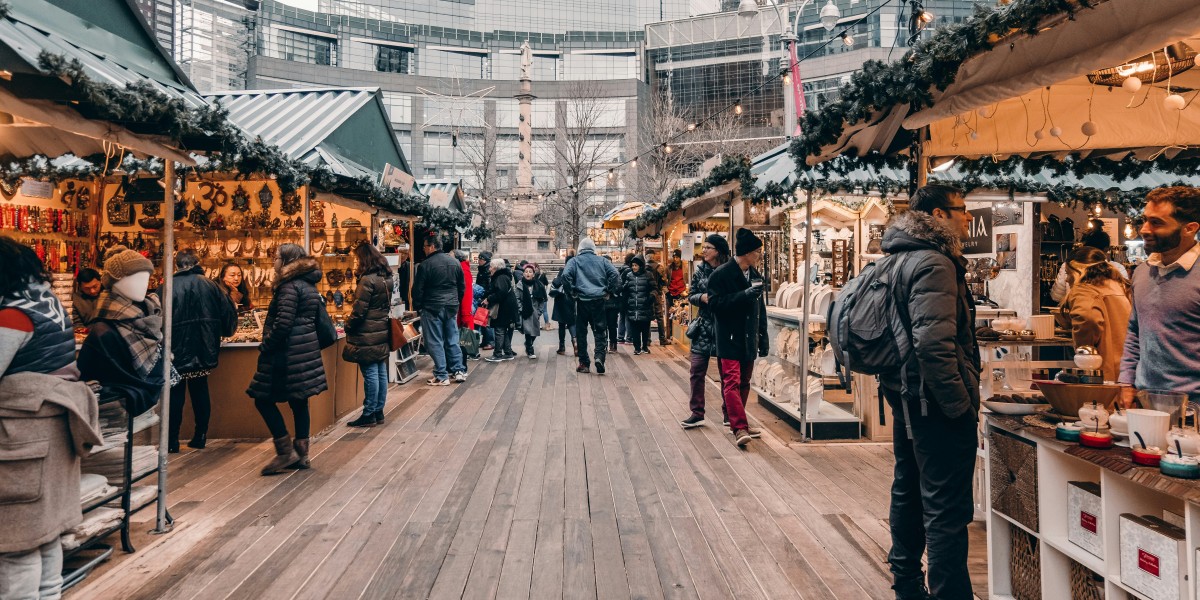Miami has long carried a reputation for brightness—both in its weather and its atmosphere. The combination of sunlight, ocean air, and colorful architecture creates a sensory rhythm that draws people from around the world. What stands out most isn’t just the environment but the mood it inspires. Residents describe a sense of openness, a feeling that life unfolds at a comfortable pace under steady warmth.
The tropical climate shapes the city’s identity. Warm winters invite outdoor living, while coastal breezes balance summer heat. This consistency encourages people to build routines around parks, beaches, and waterfront paths. It’s easy to see how these conditions nurture both social life and calm reflection.
Studies in urban well-being have linked sunlight exposure to improved mood and reduced stress. For many, Miami’s climate offers an everyday version of that therapy—a natural reminder that comfort can be found in simplicity.
Culture Through Color and Sound
Miami’s culture carries the influence of many regions, from the Caribbean to Latin America. This diversity has built an environment where languages, cuisines, and traditions coexist naturally. The sound of Spanish blends with English on sidewalks, and restaurant menus often reflect multiple national roots in a single dish.
Art and music thrive under this mix. The Perez Art Museum Miami hosts contemporary exhibitions that highlight voices from across the Americas, while live bands fill the air in neighborhoods like Little Havana and Wynwood. These cultural layers make the city dynamic yet grounded, balancing modern trends with long-standing traditions.
Street murals, salsa rhythms, and open-air markets all add texture to daily life. Each reflects a shared sense of pride in community, where cultural expression isn’t confined to galleries or concert halls but lives within the streets themselves.
The Influence of Design and Architecture
The visual structure of Miami tells its own story. From pastel-toned Art Deco buildings along Ocean Drive to glass towers overlooking Biscayne Bay, the city’s architecture merges history with modernity. The distinctive curves and patterns of early 20th-century design remain preserved, offering continuity amid rapid development.
According to Miami Design Preservation League, the Art Deco District in South Beach represents one of the most extensive collections of its kind worldwide. Its geometric forms and pastel shades continue to attract visitors who appreciate how design can express optimism and order.
Beyond style, architecture affects how people experience space. Open balconies, shaded courtyards, and large windows reflect a design philosophy built around light and air. This openness contributes to the city’s reputation for energy and ease—an environment that feels both elegant and approachable.
Food as a Reflection of Identity
Miami’s food culture mirrors its diversity. Cuban sandwiches, Haitian griot, Colombian arepas, and Peruvian ceviche all share the same city blocks. The local dining scene demonstrates how different culinary traditions can coexist without losing their individuality.
Restaurants across neighborhoods like Little Haiti and Brickell highlight both tradition and adaptation. Chefs reinterpret classic recipes while keeping the flavors authentic. The result is a cuisine that feels alive—evolving through daily interaction between communities.
Food also anchors social life. Outdoor cafes encourage long conversations, and family-owned bakeries often double as gathering spaces. Eating together reflects more than appetite; it becomes an expression of belonging and shared memory.
Nature Within the Urban Setting
Miami’s geography contributes significantly to its appeal. The city sits between the Atlantic Ocean and the Everglades, offering both urban convenience and natural escape. Within an hour, residents can shift from the energy of downtown to the quiet of wetlands filled with native wildlife.
Green spaces like Bayfront Park and Matheson Hammock Park offer everyday access to nature. Coastal paths allow runners, cyclists, and families to enjoy open views without leaving the city. This accessibility to both land and water helps balance Miami’s busy social rhythm.
Environmental awareness has also become part of city planning. Restoration projects along Biscayne Bay and coral reefs near Key Biscayne emphasize conservation as a shared responsibility. These efforts reinforce Miami’s identity as a city shaped by nature rather than separated from it.
Economic and Creative Energy
Miami has developed beyond tourism into a hub for business and creativity. Its proximity to Latin America positions it as a gateway for international trade and finance. The city’s economy blends traditional sectors with growing creative industries, including design, media, and technology.
The Greater Miami Chamber of Commerce reports that small businesses form a significant portion of the local economy. This entrepreneurial activity brings constant movement—startups, art fairs, and collaborations between local creators.
Creative growth also connects to education and innovation. Universities and research institutions in the area have contributed to new industries, reflecting how cultural diversity and academic collaboration can coexist productively. This balance of creativity and practicality sustains the city’s economic rhythm.
Community and Sense of Belonging
Despite its reputation for glamour, Miami maintains a strong sense of local connection. Neighborhood associations, volunteer programs, and cultural festivals keep communities grounded. People from varied backgrounds often find shared purpose in civic engagement, mutual aid, or simple hospitality.
Festivals such as Calle Ocho and Carnival Miami highlight the value placed on public celebration. These events aren’t limited to spectacle—they function as reminders that joy can serve as a form of unity.
Miami’s sense of belonging also comes from its pace. The city’s rhythm allows people to live socially while still maintaining personal space. That balance attracts both long-term residents and newcomers who value openness and warmth in equal measure.
The Enduring Appeal of the Magic City
Miami continues to attract people because it offers variety without losing coherence. The connection between climate, culture, and creativity builds an experience that feels both stable and dynamic. The city invites people to slow down while remaining engaged—a rare quality in modern urban life.
Visitors often describe feeling more present here, perhaps because the sensory details—light on water, sound of music, smell of ocean air—demand attention. This presence contributes to Miami’s distinct character: a place where daily life feels like participation rather than observation.
For many, that combination of rhythm and reflection explains why the Magic City remains magnetic. Miami doesn’t rely on spectacle alone; it draws its charm from the quiet consistency of warmth, diversity, and connection.








